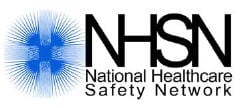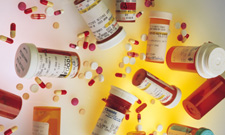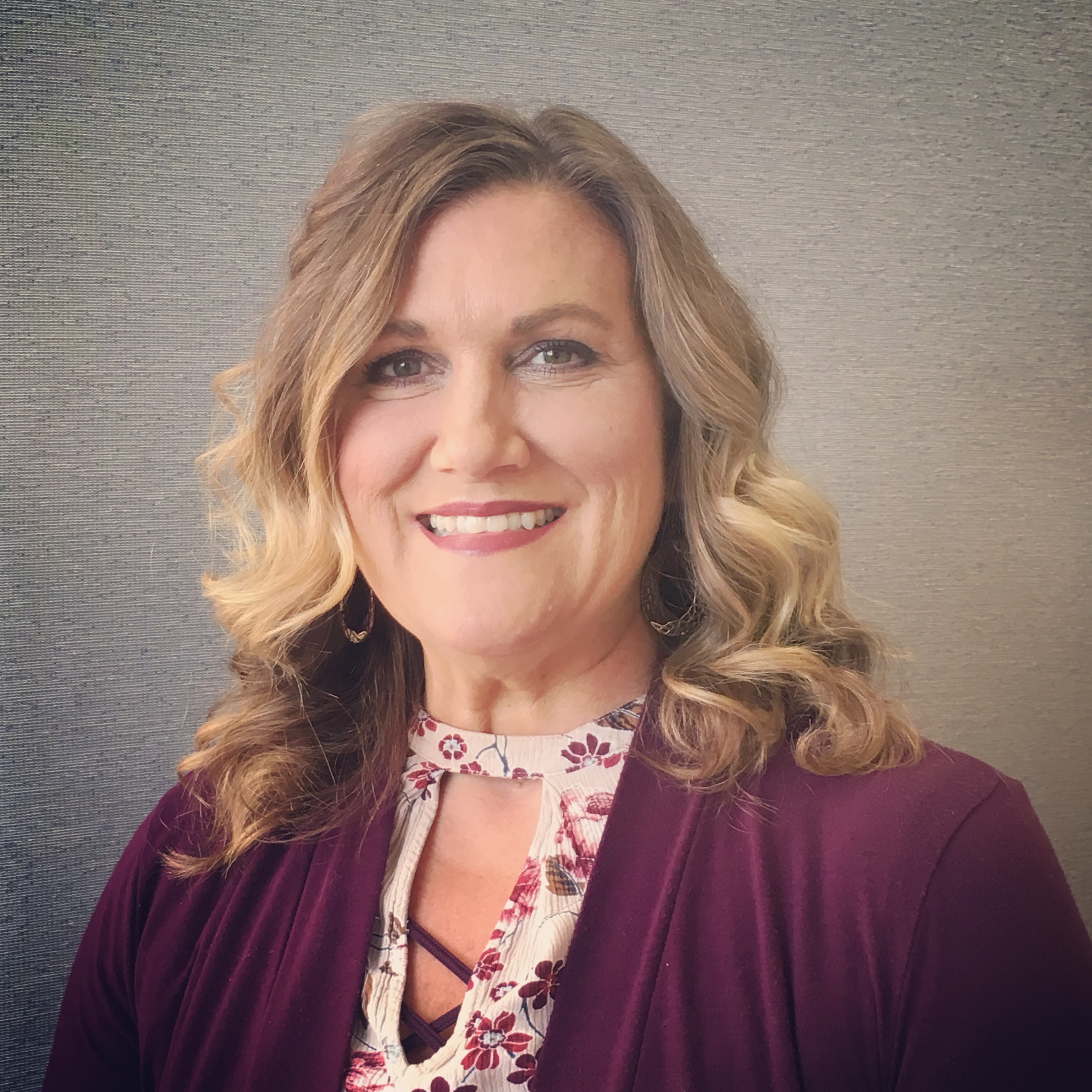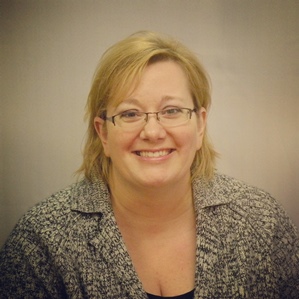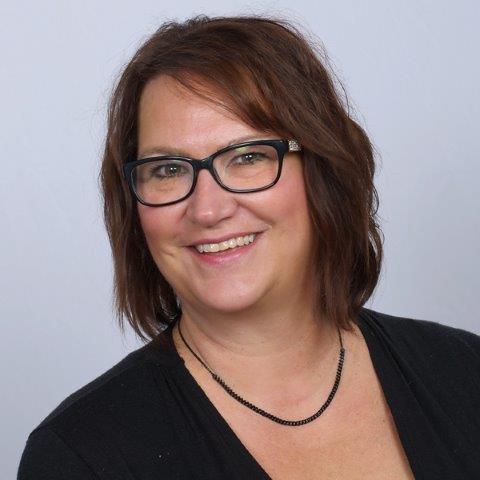Cdifficile Reporting & Reduction Initiative
National Healthcare Safety Network (NHSN)
CDC’s National Healthcare Safety Network is the nation’s most widely used healthcare-associated infection tracking system. NHSN provides facilities, states, regions, and the nation with data needed to identify infections, measure progress of infection prevention efforts, and ultimately reduce healthcare-associated infections.
Eliminating infections, many of which are preventable, is a significant way to improve care and decrease costs. CDC’s National Healthcare Safety Network provides long-term care facilities with a customized system to track infections in a streamlined and systematic way. When facilities track infections, they can identify problems and track progress toward stopping infections. NHSN’s long-term care component is ideal for use by: nursing homes, skilled nursing facilities, chronic care facilities, assisted living facilities and residential care facilities
Great Plains QIN is partnering with nursing homes across the region to prepare them for future quality reporting requirements, improve infection control practices, and improve resident outcomes. Participating Nursing Homes are using NHSN (National Healthcare Safety Network) to track CDI (Clostridium difficile) rates as well as receiving tools, resources, and education for infection prevention, control and communication.
SAMS Help Desk
or 877-681-2901 for questions specific to the SAMS registration identification verification process or SAMS login.
NHSN Help Desk
for all other NHSN-related questions.
CC your state contact and put LTCF in the subject line of emails to help desk.
NHSN Step-by-Step Instructions
[youtube https://www.youtube.com/watch?v=videoseries?list=PLiJVo3wG2e0YAxQohG2fdSkagQkTWTh9g]Included in this series of 6 videos by Health Services Advisory Group (HSAG) are step by step instructions on the NHSN enrollment process. These videos are full of useful information for the first time NHSN enrollee. Watch all 6 videos in the series by pressing the play button, or choose individually from the list.
NHSN Enrollment Introduction and IT Setup
Step 1: Required Training and Preparation
Step 2: Register Facility with NHSN
Step 3: Register your Facility with SAMS
Step 4: Submitting the NHSN LTCF Forms Electronically
Step 5: Sign and fax the NHSN agreement to participate
NHSN for Nursing Homes
[youtube https://www.youtube.com/watch?v=videoseries?list=PLiJVo3wG2e0YW5l3lZupuZDIuXoV69nE1]The Lake Superior Quality Innovation Network (LSQIN) has created 7 videos that will assist Nursing Homes in utilizing NHSN to report C. difficile data. These videos are a great starting point for the successful submission of data to NHSN. Watch all 7 videos in the series by pressing the play button, or choose individually from the list.
Resources
Logging Into NHSN
Surveillance
Mapping Locations
Monthly Reporting Plans
CDI LabID Events
Monthly Summary Data
NHSN Data Analysis
The following videos describe NHSN surveillance definitions for reporting a C. difficile event into NHSN, describe common C. difficile data reporting errors in NHSN, and how to generate a data set in NHSN, describing line listing and rate table reports, and how to use the NHSN annual facility survey report to demonstrate adherence to the CDC’s 7 Core Elements of Antibiotic Stewardship for Nursing Homes.
Video #1 When to Report a C. difficile LAB ID Event
Video #2 Common C. difficile Data Reporting Errors into NHSN
Video #3 Introduction to NHSN Data Analysis
Meet the Experts
Tammy Baumann, RN, LSSGB, CADDCT, CDP
Quality Improvement Advisor
Nebraska
1-402-476-1399 Ext: 523
Email Tammy
Brenda Davis, BSN, RN, CIC
Quality Improvement Consultant
Kansas
1-785-271-4168
Email Brenda
Michelle Lauckner, RN, BA, RAC-CT, IP-BC
Quality Improvement Specialist
North Dakota
1-701-989-6229
Email Michelle
Lori Hintz, RN
Program Manager
South Dakota
1-605-354-3187
Email Lori
Great Plains Quality Care Coalition
Our Vision: Through collaboration and partnership, we aspire to make healthcare in the Dakotas the best in the nation. We have partnered with committed nursing homes, community leaders and healthcare organizations to improve the care in our communities. Better together.

